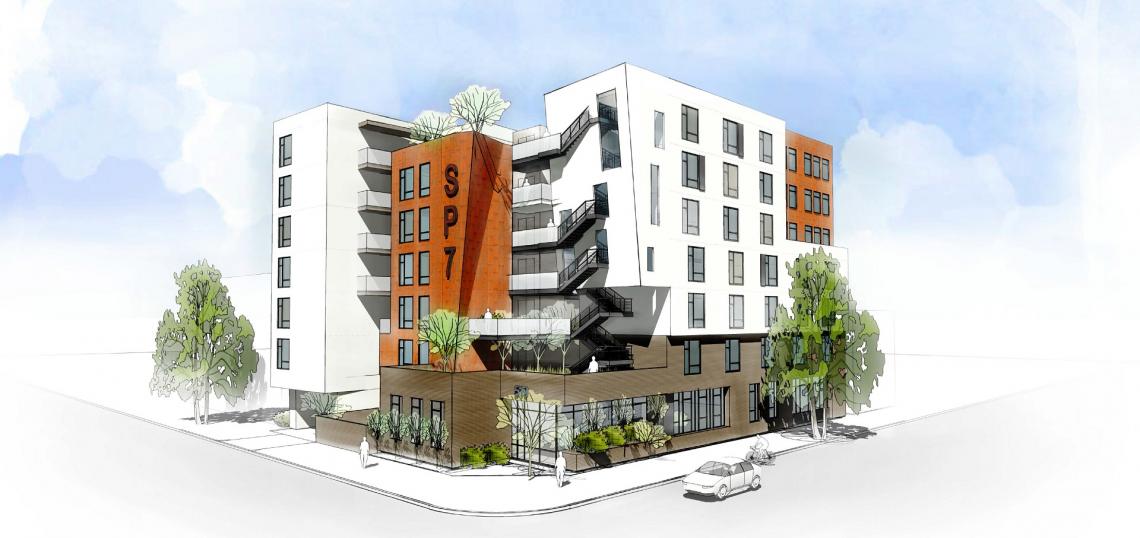The Los Angeles Department of City Planning has released a draft Permanent Supportive Housing Ordinance, with the goal of streamlining the production of subsidized affordable apartments for the City's growing homeless population.
The proposed ordinance is intended to speed approval times and lower costs for affordable housing projects that dedicate at least 50 percent of their total units to homeless individuals. Under the current system, subsidized low-income housing can take several years to come to fruition. Developers of such projects - typically non-profit builders - must acquire land, attempt to pacify truculent neighbors and pursue City-level approvals, all the while jockeying for a limited supply of California state tax credits. By removing barriers to construction at the local level, the Planning Department hopes to shave this process down to one year.
According to the Los Angeles Times, specific provisions of the ordinance include:
- Allowing by-right construction of multifamily residential developments on land zoned for public facilities, if land nearby is already zoned for that use. This could facilitate the conversion of residential hotels to permanent supportive housing, but not multifamily construction in industrial or single-family zones.
- Removing maximum density requirements for their properties, but not other limitations on height and buildable area. This would allow for developments with smaller units that compensate with more common space.
- Exempting permanent supportive housing from mandatory parking minimums.
This action comes as Los Angeles' homeless population has ballooned 20 percent since 2016, with an estimated total of 34,189 individuals. Ot that total, approximately 74 percent - or 25,237 - is currently unsheltered. Voters responded to these alarming statistics through the passage of Measures H and HHH, which dedicated billions in City and County tax revenue to fund permanent supportive housing and social services.
Los Angeles officials have set a goal of building at least 1,000 units of permanent housing each year for the next decade, a sharp increase from the current 300 units produced annually.
The draft ordinance will be subject to public comment over the next 60 days, after which it will be heard by the City Planning Commission. Following the Planning Commission, the full City Council will vote on whether or not to adopt the ordinance as law.






